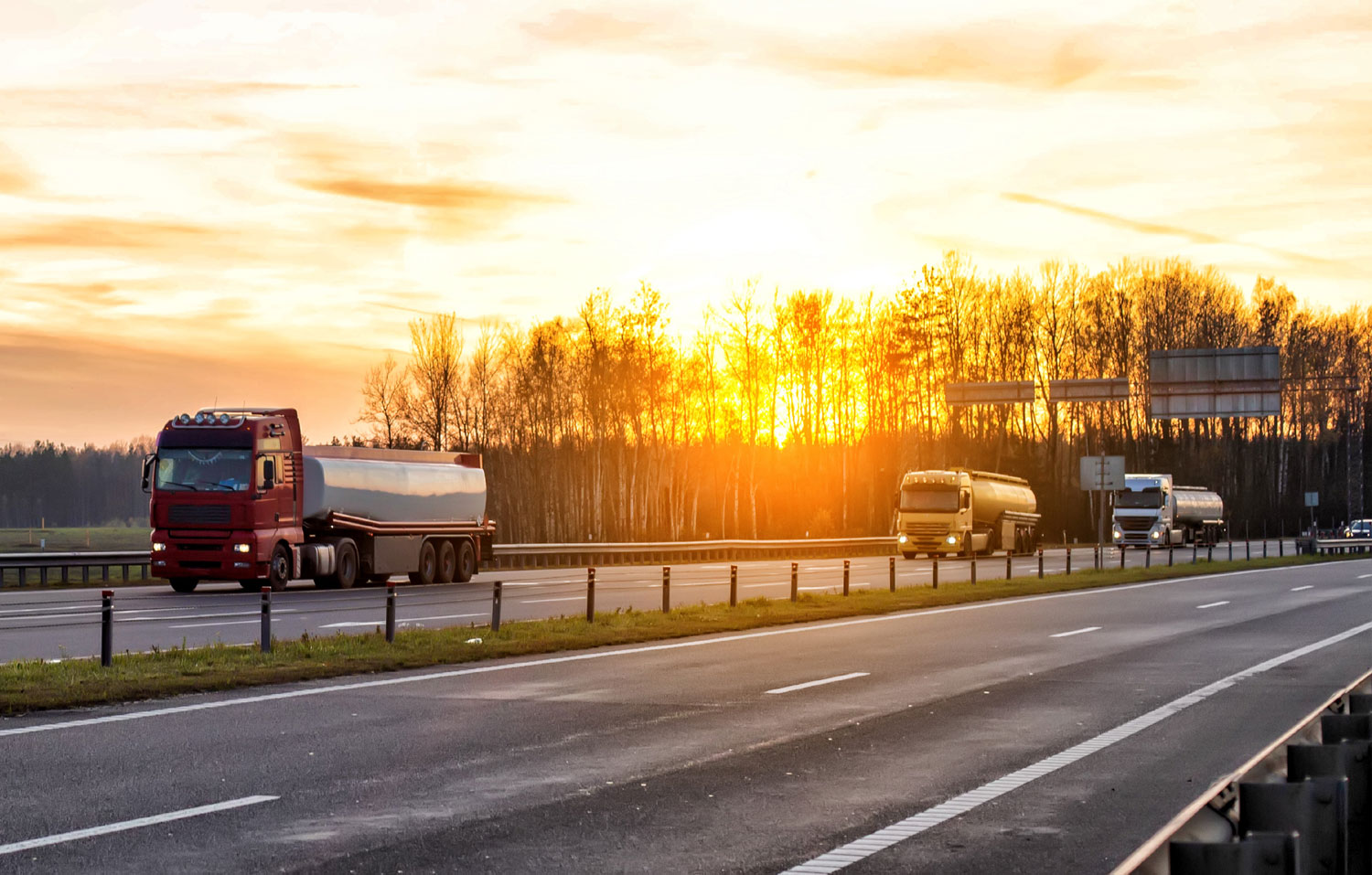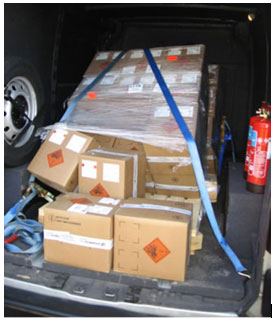This comparatively short part of ADR (part 7) covers the transport chain from loading the vehicle to unloading it.
It includes references to particular provisions for the three basic modes (packages, bulk and tanks)
Basic requirements
There are some very basic requirements in part 1.4 of ADR. In particular, 1.4.1.2 concerns immediate risk to public safety. Paragraph 1.4.2.2.4 requires the journey to be stopped if there is an infringement, which could jeopardise the safety of the operation.
CDG Regs
Regulation 5 is the basis for implementing ADR, where the key obligations are set out in 1.4
ADR
The relevant part of ADR is part 7. For the most part this is straightforward. The following should help to navigate the main requirements
Chapter 7.2 contains the special provisions in relation to packages, which are set out in column 16 of table A. These are all prefixed “V”
Chapter 7.3 contains the special provisions in relation to carriage in bulk, which are set out in column 17 of table A. These are all prefixed “VV”
Chapter 7.4 contains the special provisions in relation to carriage in tanks, which can only be done if allowed by reference in columns 10 or 12 of table A. It is possible for a competent authority to grant approval for exception to this rule. The designation codes for vehicle types are also set out (see column 14 of table A)
Chapter 7.5 sets out
- at 7.5.2 the rules on mixed loading (not to be confused with “mixed packing” – see ADR at 4.1.10). There is special detail for explosives. The matrix enables one to see where mixed loading is prohibited, allowed without qualification or allowed under certain circumstances. Note that where there are prohibitions, these apply to loading within the same vehicle or container. For example, the towing unit and trailer of a draw bar combination are separate vehicles.
- at 7.5.4 some rules about precautions with respect to foodstuffs etc
- at 7.5.4 some rules about quantity limitations (mainly explosives and organic peroxides)
- at 7.5.7 are the rules about handling and stowage. The most obvious is that relating to proper loading (stowing) and securing of the load to prevent accidents arising from the load shifting. This sets a high standard and supplements the more general laws concerning load safety on goods vehicles.
7.5.8 Requires the carrier to clean the vehicle if packaged loads have leaked
7.5.9 Prohibits smoking during handling operations in or around vehicles
7.5.10 requires precautions against electrostatic discharges when carrying substances with flash point 61° C or lower.
7.5.11 Special provisions “CV” where specified in column 18 of table A. Some of these are very detailed and specific to particular substances or groups of substances.
Guidance
The following is applicable to all other types of loading and unloading of a vehicle/container.
Loading and unloading areas should be:
- Clear of other traffic, pedestrians and people not involved in loading or unloading.
- Clear of overhead electric cables so there is no chance touching them, or of electricity jumping to ‘earth’ through machinery, loads or people.
- Level. To maintain stability, trailers should be parked on firm level ground,
- Loads should be spread as evenly as possible, during both loading and unloading. Uneven loads can make the vehicle or trailer unstable.
- Loads should be secured, or arranged so that they do not slide around. Racking may help stability.
- Safety equipment must be considered. Mechanical equipment and heavy moving loads are dangerous.
- Guards or skirting plates may be necessary if there is a risk of anything being caught in machinery, (for example dock levellers or vehicle tail lifts). There may be other mechanical dangers and safety procedures to be considered.
- Ensure the vehicle or trailer has its brakes applied and all stabilisers are used. The vehicle should be as stable as possible.
- In some workplaces, it may be possible to install a harness system to protect people working at height. Provide a safe place where drivers can wait if they are not involved. Drivers should not remain in their cabs if this can be avoided. No one should be in the loading/unloading area if they are not needed.
- Vehicles must never be overloaded. Overloaded vehicles can become unstable, difficult to steer or be less able to brake.
- Always check the floor or deck of the loading area before loading to make sure it is safe. Look out for debris, broken boarding, etc.
- Loading should allow for safe unloading.
- Loads must be suitably packaged. When pallets are used, the driver needs to check that:
- They are in good condition
- Loads are properly secured to them.
- Loads are safe on the vehicle. They may need to be securely attached to make sure they cannot fall off.
- Tailgates and sideboards must be closed when possible. If over-hang cannot be avoided, it must be kept to a minimum. The over-hanging part of the load must be clearly marked.
- If more than one company is involved, they should agree in advance how loading and unloading will happen.
- For example, if visiting drivers unload their vehicles themselves, they must receive the necessary instructions, equipment and co-operation for safe unloading. Arrangements will need to be agreed in advance between the haulier and the recipient.
- Some goods are difficult to secure during transport. Hauliers and recipients will need to exchange information about loads in advance so that they can agree safe unloading procedures.
Checks must be made before unloading to make sure loads have not shifted during transit, and are not likely to move or fall when restraints are removed.
There must be safeguards against drivers accidentally driving away too early. This does happen, and is extremely dangerous. Measures could include:
- Traffic lights.
- The use of vehicle or trailer restraints.
- The person in charge of loading or unloading could keep hold of the vehicle keys or paperwork until it is safe for the vehicle to be moved.
- These safeguards would be especially effective where there could be communication problems, for example, where foreign drivers are involved.
Poor loading
Source Health & Safety Executive

